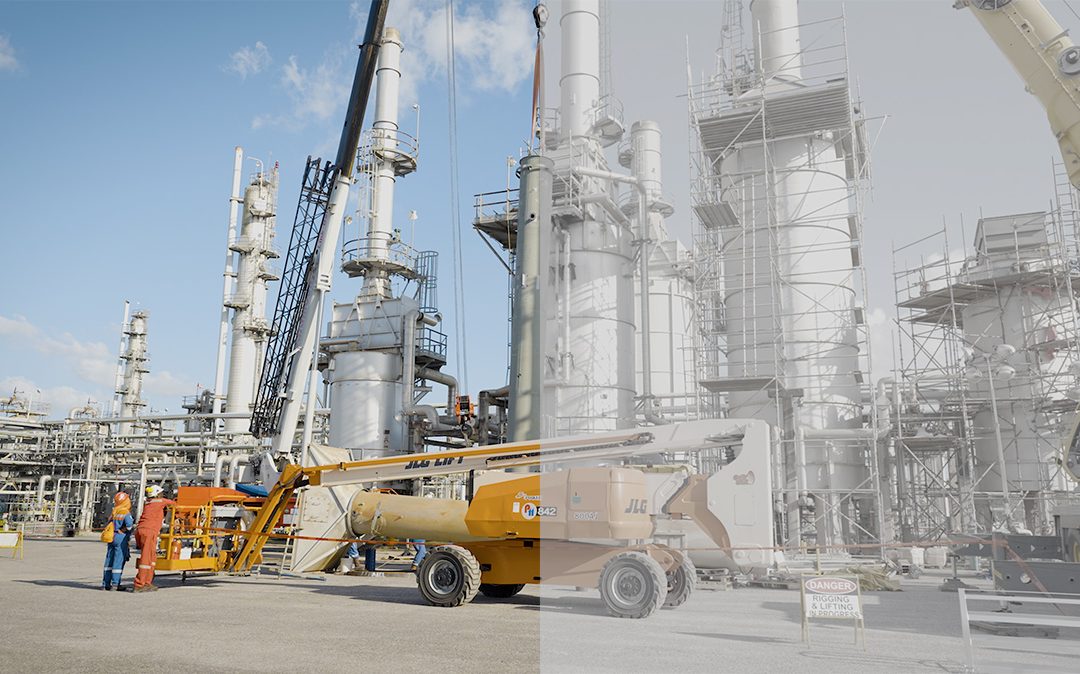We sometimes get asked: “can I get the RAW footage for my own archives?” The answer is complicated. Here are 3 reasons why we don’t supply RAW – and a much better alternative.
1. RAW video and photography files are huge. We shoot every interview at 4K resolution, on cameras with a very high bit rate (quality). We shoot all b-roll at 60 frames per second so it can be slowed down if needed and sometimes we opt to do that at 4K for sharpness and quality. A short 1 minute RAW clip is around 3GB while a 30 minute interview can take up about 90GB of space. A typical, finished, edited 3 minute production usually comes from around 500GB of RAW footage, much of it as outtakes or relatively unusable content. This is before we even think about photography. So for each video project you wish to have created, you will need to order a minimum 500GB hard drive to store it. This drive would have to be backed up so that everything is not lost for myriad reasons. So technically you’d need two 500GB drives per video project. Then we’d have to transfer that footage physically at the studio. It would also be unreasonable to expect this amount of data to be uploaded / downloaded via standard internet connections.
We maintain huge, fast systems for storing content and delivering finished edits quickly. And we backup every project for our clients twice – once in the studio for quick retrieval in the event of a data loss and again in an off-site location to safeguard against fire and theft. We don’t delete footage in a hurry either. Instead, we believe in maintaining long term, productive relationships to support clients’ growth so your footage is ready for future edits and updates whenever you are.
2. RAW video and photography looks unusable without further processing. Unlike a consumer camera or smartphone, the files created by the Canon EOS Cinema platform come with a flat, uncoloured look that is truly underwhelming without further processing. We’ve included an example at the top of this article. RAW footage looks this way because it contains as much dynamic range (highlight and shadow detail) as possible. Once we (and you) are happy with the first draft of your video or photography production, we use tools from Adobe or Canon to bring out the rich colour, contrast and sharpness that you’d expect. This lets us find detail in a bright sky and a dark suit – even when they appear in the same shot – to a greater extent than almost every other camera system available.
All of this requires a lot of computer processor power and time – both of which we’ve allocated in our studio. It takes considerable resources to deliver a look that will have audiences amazed by the details when you share the finished product. Finding the best shots out of hundreds takes time. Editing them into a story, colouring each one individually, stabilizing every little bump and shake, boosting and cleaning up the audio, adding music… all takes hobbyists on moderately powerful computers a significantly longer time than it takes our editors using tested workflows on the fastest workstations available.
3. Our reputation is at stake! We rely exclusively on our previous work to build trust in what we do. The last thing we want is for a prospective client to say: “I’ve seen your work… it looks unfinished…” It does us and more importantly you, no favours to share content that doesn’t reflect the high standard that your brand or service aspires to.
We take great pride in what we do. We go beyond what’s expected every time to edit, re-edit and finesse every production until it’s truly outstanding. We also adhere to the highest standards possible, including accessibility, so that subtitles are carefully crafted for accuracy and readability. We remain available to clients for updates and edits long after the initial contract is complete.
What’s the alternative?
For some clients such as advertising and digital marketing companies, receiving “all the footage” is still an attractive proposition. However, unless these organizations have the human or IT resources to handle high volumes of unedited content, it’s still not practical to receive truly RAW files. In these circumstances we can provide a version of the files, transcoded to an intermediary format: still high resolution but with a lower bit rate (quality), including some basic colour-correction and quality control.
We regularly help brands and organizations leverage their content libraries and turn a single video or photography production into multiple short stories that surpass their original intent. Talk to us about our content strategy and digital asset management services so that we can take the hard work out of storing, editing and distributing content for you using best practices with proven results.

